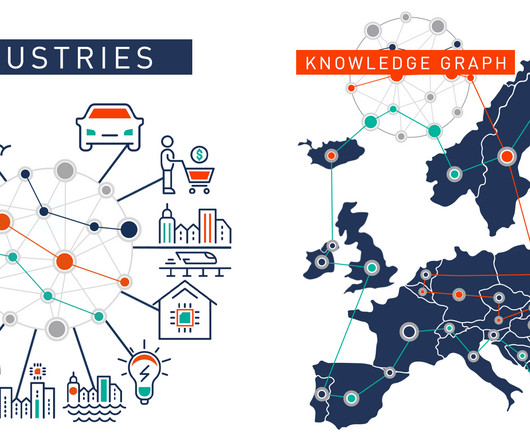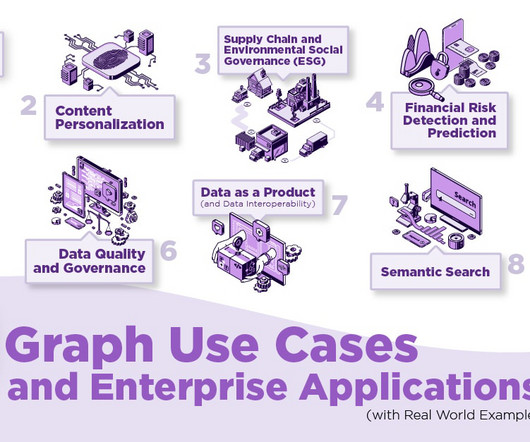Are You Content with Your Organization’s Content Strategy?
Rocket-Powered Data Science
JULY 6, 2021
Contextual TAM includes semantic TAM, taxonomic indexing, and even usage-based tags (digital breadcrumbs of the users of specific pieces of content, including the key words and phrases that people used to describe the content in their own reports). Adding these to your organization’s content makes the CMS semantically searchable and usable.















Let's personalize your content